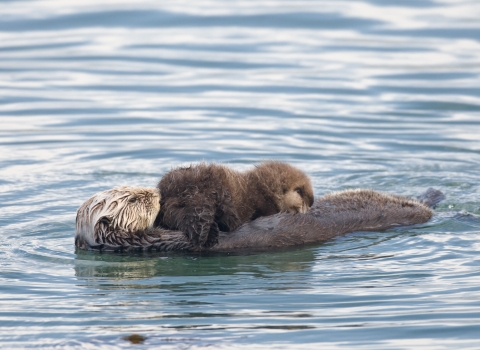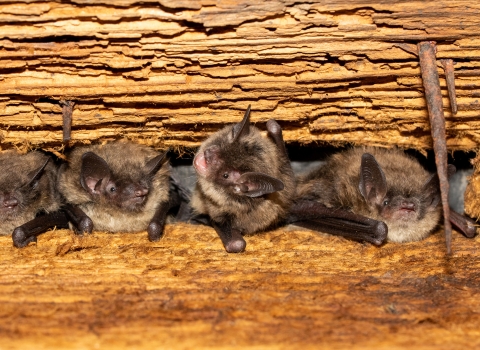The Federal Interagency Fish Passage Portal is a resource for anyone who needs information, funding, or technical assistance to improve fish passage and aquatic connectivity projects. We provide landowners and public lands managers the tools they need to access fish passage resources across the federal government.
The Fish Passage Portal will be a living repository of the best resources and information from across the federal government. It will be updated regularly to meet all your project needs from planning, to funding, to implementation. Rather than having to scour federal websites for the information you need, the portal will provide the information you need in one free and easy to access location.
What are some of the ways people can use the Fish Passage Portal?
Land managers will be able to use the Fish Passage Portal to access technical resources, including data, planning, and geospatial information.
Dam owners or other landowners interested in pursuing barrier removal can use can use the Fish Passage Portal to find funding opportunities across the federal government.
Cities, Tribes, and other municipalities can find partners and technical experts to start their local project.
Access the Interagency Fish Passage Portal
Who Created the Fish Passage Portal?
The Fish Passage Portal was created by the Federal Interagency Fish Passage Task Force working to coordinate the strategic implementation of Bipartisan Infrastructure Law (BIL) funding for fish passage. By working together, we can take a holistic approach that is more efficient and improves the outcomes for wildlife, conservation, and people. The task force includes:
US Fish and Wildlife Service (USFWS)
National Oceanic and Atmospheric Administration (NOAA)
US Forest Service (USFS)
Bureau of Reclamation (USBOR)
Federal Highway Administration (FHWA)
US Army Corps of Engineers (USACE)
Federal Emergency Management Agency (FEMA)
Environmental Protection Agency (EPA)
US Geological Survey (USGS)
Department of Energy (DOE)
Natural Resources Conservation Service (NRCS)
Bureau of Land Management (BLM)
National Park Service (NPS)
Fish passage is the ability of fish and aquatic wildlife to move freely
In a healthy aquatic ecosystem, energy, matter, and animals move in all directions throughout the water: upstream and downstream, within the water column, and across waterbodies or floodplains. When that ability to move freely is blocked by a culvert, dam, or other instream barrier, it can lead to species declines, disruption to the ecosystem, and dangerous conditions for surrounding communities.
Barriers like culverts and dams block fish passage in millions of waterways across the globe leading to species declines and even extinctions.
Fish passage projects improve the health of the ecosystem by modifying or removing dams, culverts, and other barriers that restrict fish migration. Fish passage projects can also install green infrastructure that is more resilient to climate change climate change
Climate change includes both global warming driven by human-induced emissions of greenhouse gases and the resulting large-scale shifts in weather patterns. Though there have been previous periods of climatic change, since the mid-20th century humans have had an unprecedented impact on Earth's climate system and caused change on a global scale.
Learn more about climate change , construct barriers to prevent the spread of non-native species, or create nature-like fishways and channels that allow fish to bypass barriers that cannot be removed.
The U.S. Fish and Wildlife Service’s National Fish Passage Program
The National Fish Passage Program is one of many efforts across the federal government working to connecting watersheds and people. Our program has decades of experience implementing projects in collaboration with other federal agencies, Tribes, states, and our non-profit partners. We work with communities to remove obsolete and dangerous barriers, permanently eliminating public safety hazards and restoring river ecosystems. The resulting infrastructure benefits communities by reconnecting aquatic habitat, increasing flood resilience, and saving money in long-term repair and replacement costs.
$200 Million Dollar Investment in Rivers, Wildlife, and Communities
The Bipartisan Infrastructure Law , signed in November 2021, included an additional $200 million for restoring fish and wildlife passage by removing in-stream barriers and providing technical assistance under the National Fish Passage Program. The funding is distributed over five years beginning in 2022, providing a once-in-a-generation opportunity to invest in our nation’s rivers, streams, and communities.



